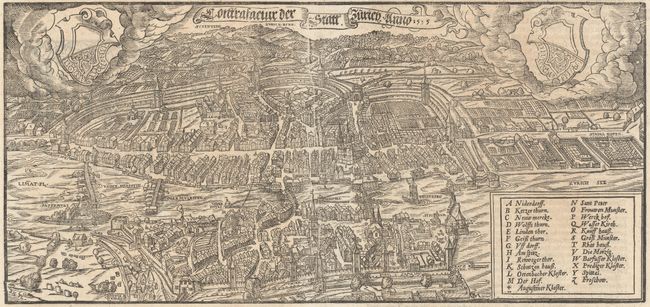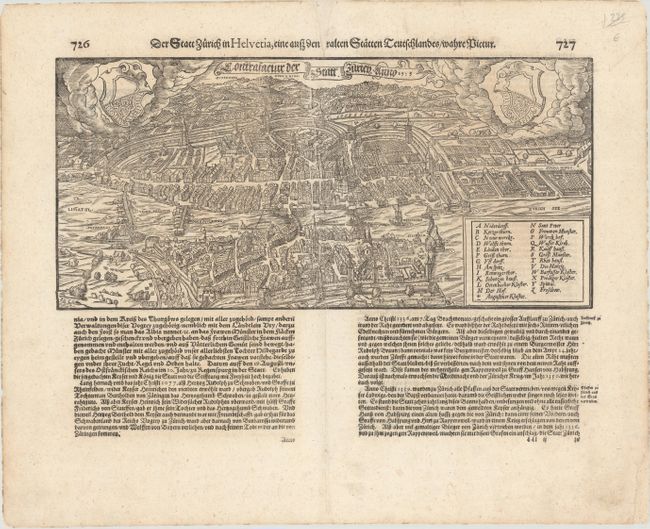Catalog Archive


Auction 175, Lot 458
"Contrafactur der Statt Zurich Anno 1595", Munster, Sebastian
Subject: Zurich, Switzerland
Period: 1628 (published)
Publication: Cosmographia
Color: Black & White
Size:
15.2 x 7.1 inches
38.6 x 18 cm
Download High Resolution Image
(or just click on image to launch the Zoom viewer)
(or just click on image to launch the Zoom viewer)

